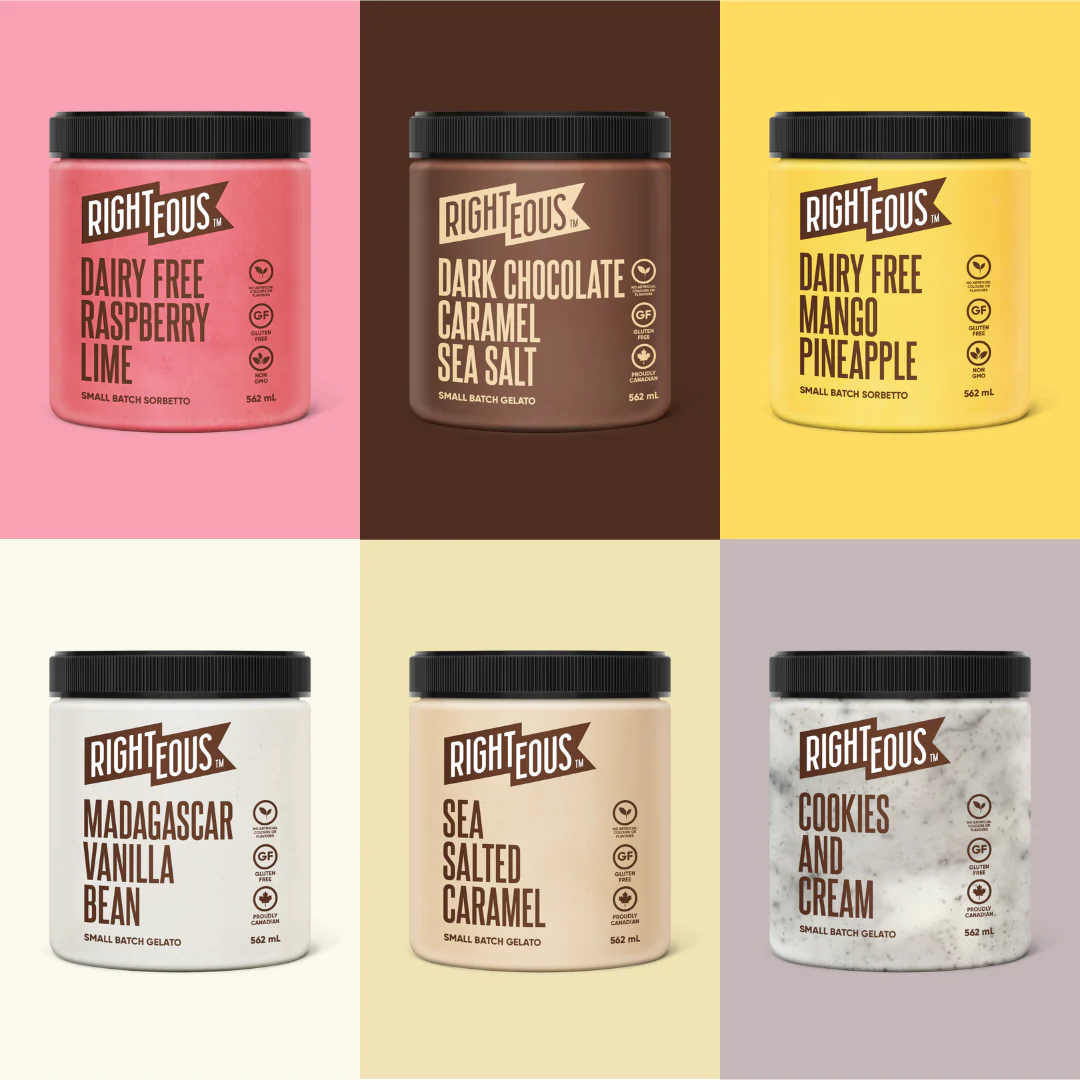Righteous Gelato takes its purpose very seriously. After all, it’s right there in the name. “Purpose-driven for us means that, in all of our actions, we’re thinking about a wide array of stakeholders,” says James Boettcher, Righteous’s CEO. “Not only the people that work within the company and our shareholders but also the environment and the community. It influences how consumers feel around our product because the purpose we align with is important to them as well. We’re kind of like if Chobani and Talenti had a baby and Patagonia was the godfather,” he jokes.
For Boettcher, being a purpose-driven company isn’t just window dressing. It’s central to the organization’s existence. In fact, Righteous has a “mission lock.” A mission lock defines what a purpose-driven company is and then locks it into the corporate documents. “If someone were to acquire the company or it changes hands,” he says, “a lot of what the company stands for today can’t be tampered with—such as paying a living wage, diverting as much as it can from the landfill, and investing 1 percent of its total revenue back into the community.”

So can a purpose-driven company actually make a profit? Well, we’re talking about capitalism here, so the answer is “Duh!” Capitalism can be a force for good in the world just as much as it is a source of wealth. It grows economies, provides for people, and brings new innovations to the table.
New York Times columnist Nicholas Kristol, who spends much of the year lamenting about the state of social justice, dedicates an annual column to the good news for humanity—that with the exception of 2020, each year has been the best yet, with reductions in extreme poverty and disease and a rise in literacy. Much of these gains, to my mind, are as much the result of private business as they are governments or NGOs.
A profitable business is a sustainable one—and a very profitable business is one that can afford to support its community, as Righteous Gelato does. Boettcher is the first to admit that the company’s social mission wouldn’t function if the product couldn’t stand on its own. “It’s not what we lead with,” he says in terms of the social justice side of things. “We are a delicious, tasty, thoughtful product. People see beautiful packaging, try a flavor like raspberry lime, and fall in love. If they’re curious, they’ll read more about us on the back of the container.”

No matter what you think about Boettcher’s approach, there’s no doubting the fact that it has worked for Righteous Gelato. He built the company up from a single scoop shop in Calgary, Alberta, only to become Canada’s number-one gelato brand, with $10 million in sales. Now, he’s poised to enter the U.S. market in a big way.
Righteous Gelato’s business model is a perfect example of the “triple bottom line” first described in 1994 by John Elkington, founder of the management consultancy SustainAbility. Elkington claimed that the traditional bottom line of corporate success—net income—doesn’t sufficiently capture its value. Instead, he recommended three bottom lines: people, planet, and profit.
“There’s always a conversation around profit and purpose,” Boettcher says. “I don’t think they’re mutually exclusive. I think you can achieve both. At the end of the day, I think it’s the only way to do business.”
Lewis Schiff runs the Birthing of Giants Fellowship Program, a one-week guided strategic planning process that’s attended by the owners of the fastest-growing companies in the world. He also runs Moonshots & Moneymakers: The Oxford Innovation Conference for American Entrepreneurs.
Want the inside scoop on how James Boettcher and other entrepreneurs built their companies from moneymakers to moonshots? Sign up for Birthing of Giants’ free monthly video series, How I Did It.







